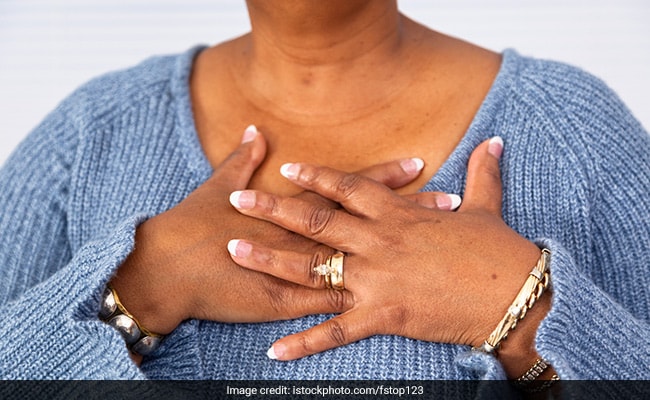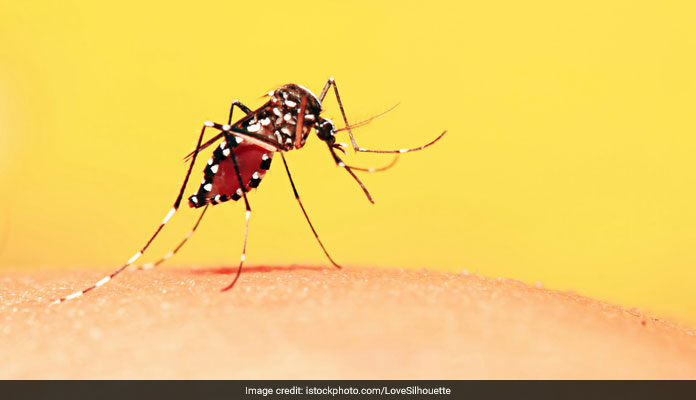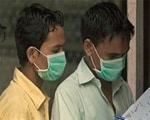Fever
What is it?
Normal body temperature varies with different people, but the average is 98.6 degrees Fahrenheit (37 degrees Centigrade). Normal body temperature varies during the day. It is generally lowest upon awakening in the morning. Food, extra clothing, excitement, and anxiety can raise the body temperature. Strenuous exercises can temporarily raise body temperature to as high as 103 degrees Fahrenheit. Menstrual cycles in women can also elevate temperature by 1 degree or more. Most children have higher body temperature than adults and seem to have a greater daily variation. Fever is a condition when the body temperature is higher than normal temperature. It is a symptom, not a disease. Fever commonly occurs as a reaction when the body, defence system. This happens as bacteria and viruses cannot live at higher temperatures and so are killed by fever.
What are the causes?
Fevers can be caused by many Viral and bacterial infections, including: Earache (otitis media) Gastroenteritis Acute bronchitis Urinary tract infection Infection of the upper airways, such as tonsillitis, pharyngitis or laryngitis Dehydration Medications such as antibiotics, antihistamines, barbiturates, and drugs for high blood pressure Tuberculosis and meningitis Collagen vascular disease, rheumatoid disease, and autoimmune disorders such as childhood rheumatoid arthritis, SLE (systemic lupus erythmatosus), AIDS and acute HIV infection Inflammatory bowel disease such as ulcerative colitis Cancers such as leukaemia, neuroblastoma, Hodgkin’s and non-Hodgkin’s lymphoma There are many other causes of a fever. The causes may vary based on age and gender of the person, as well as on the specific symptoms and the associated complaints.
What are the symptoms?
The signs and symptoms of a fever depend on the cause. In some infections such as urinary infections, malaria or flu, the fever may be associated with a chill along with shivering. Shivering produces heat in the body and so there is an increase in the body temperature. When the temperature goes down again, the person may start to sweat. Other symptoms associated with fever are headache, weakness, body ache, dehydration and sore throat.
How is the diagnosis made?
Fever can be diagnosed by using a thermometer to check the body temperature. The temperature can be taken in the mouth or under the arm. In children, a special thermometer thatcan be inserted into the anus is usually the safest.The physical examination may include detailed check-up of the skin, eyes, ears, nose, throat, neck, chest, and abdomen to look for the cause of the fever. Other tests may be used to diagnose the cause of the fever. These tests include blood and urine tests and in some cases X-ray examination or CT scanning may be required.
What is the treatment?
The aim of the treatment is to cure the underlying cause of the fever. Medicines like acetaminophen or ibuprofen can help reduce the fever because if it exceeds 102 degrees F, then it is harmful in itself. A fever may return after the first dose of medication and so medicines should be taken throughout the day as directed. Extra fluids should be taken to avoid dehydration. Sponging or bathing the body in lukewarm water can cool the skin and reduce body temperature. Ice water or alcohol sponge baths should not be used. Extra clothing and blankets are not necessary and will only cause the fever to rise. Patients may require hospitalisation in case the fever is higher than 106 degree Fahrenheit or the patient becomes delirious or drowsy.
Fever News More News
- Dengue Explosion: 650 New Cases Reported; Some Lesser Known Facts About Dengue
- India Amongst 5 Countries With Highest Rheumatic Heart Disease Deaths
- Kerala: Infectious Virus Continues To Claim Lives In The State
- Dengue And Viral Fever Upsurge In Kerala
- Fever During Pregnancy Might Elevate The Risk Of Autism In Children
- Surgery for hay fever shows promise
- Seven more swine flu cases in West Bengal
- Swine flu kills one in Vadodara
- Kerala, Maharashtra report most swine flu cases
................... Advertisement ...................
................... Advertisement ...................
................... Advertisement ...................
................... Advertisement ...................
































